Massive garbage patch in the Pacific is even bigger than previously thought
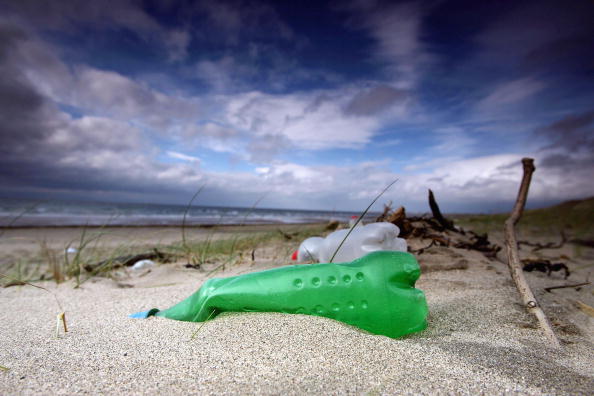

The swirling mass of garbage in the Pacific between Hawaii and California contains even more trash than researchers imagined, the Ocean Cleanup foundation says.
Known as the "great Pacific garbage patch," it's made of floating fishing nets, pieces of plastic, and other discarded items caught in rotating currents, with the center believed to be around 386,999 square miles and the periphery spanning 1,351,000 square miles. Ocean Cleanup conducted an aerial survey of the massive garbage patch, and founder Boyan Slat told The Guardian when they arrived, "we opened the door and we saw debris everywhere. Every half second you see something. So we had to take snapshots — it was impossible to record everything. It was bizarre to see that much garbage in what should be pristine ocean."
The patch is expanding so quickly the UN says it's becoming visible from space, and Slat calls it a "ticking time bomb." There are huge items that will "crumble down to micro plastics over the next few decades if we don't act," Slat warns, eventually being eaten by fish and entering the food chain. A 2014 study found more than 5 trillion pieces of plastic are floating in the world's oceans, and the Ellen MacArthur Foundation earlier this year issued a report predicting that if something isn't done to combat the problem, there will be more plastic than fish in the ocean by 2050. Ocean Cleanup is hoping to put an end to the problem through a V-shaped boom that uses sea currents to funnel trash into a cone. If it works, a 62-mile barrier could be put up by 2020. In the meantime, Slat says it's important to prevent plastic from ever entering the ocean: "Better recycling, better product design, and some legislation is all part of that. We need a combination of things."
The Week
Escape your echo chamber. Get the facts behind the news, plus analysis from multiple perspectives.

Sign up for The Week's Free Newsletters
From our morning news briefing to a weekly Good News Newsletter, get the best of The Week delivered directly to your inbox.
From our morning news briefing to a weekly Good News Newsletter, get the best of The Week delivered directly to your inbox.
A free daily email with the biggest news stories of the day – and the best features from TheWeek.com
Catherine Garcia has worked as a senior writer at The Week since 2014. Her writing and reporting have appeared in Entertainment Weekly, The New York Times, Wirecutter, NBC News and "The Book of Jezebel," among others. She's a graduate of the University of Redlands and the Columbia University Graduate School of Journalism.
-
 How will China’s $1 trillion trade surplus change the world economy?
How will China’s $1 trillion trade surplus change the world economy?Today’s Big Question Europe may impose its own tariffs
-
 ‘Autarky and nostalgia aren’t cure-alls’
‘Autarky and nostalgia aren’t cure-alls’Instant Opinion Opinion, comment and editorials of the day
-
 Japan’s Princess Aiko is a national star. Her fans want even more.
Japan’s Princess Aiko is a national star. Her fans want even more.IN THE SPOTLIGHT Fresh off her first solo state visit to Laos, Princess Aiko has become the face of a Japanese royal family facing 21st-century obsolescence
-
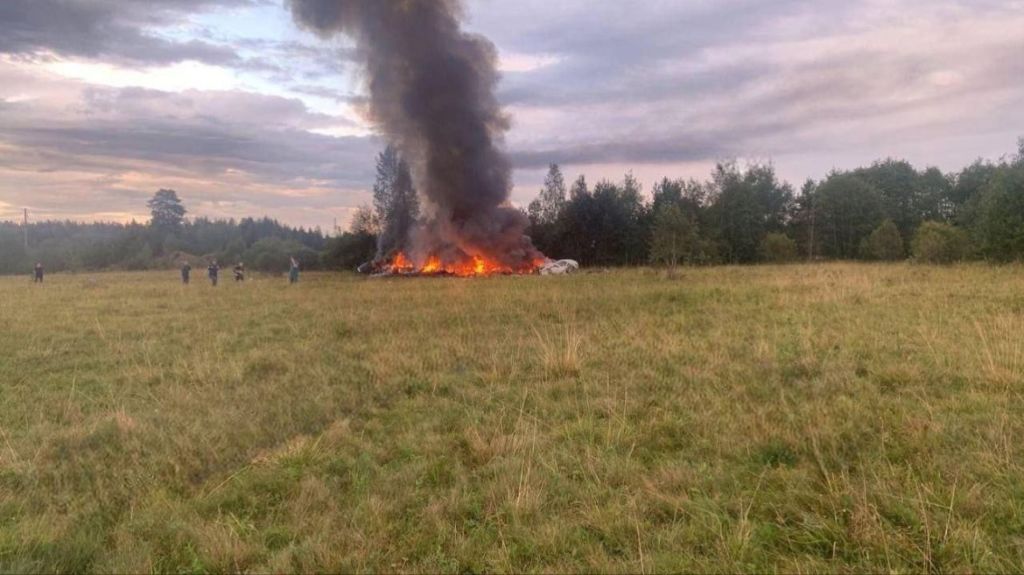 Nobody seems surprised Wagner's Prigozhin died under suspicious circumstances
Nobody seems surprised Wagner's Prigozhin died under suspicious circumstancesSpeed Read
-
 Western mountain climbers allegedly left Pakistani porter to die on K2
Western mountain climbers allegedly left Pakistani porter to die on K2Speed Read
-
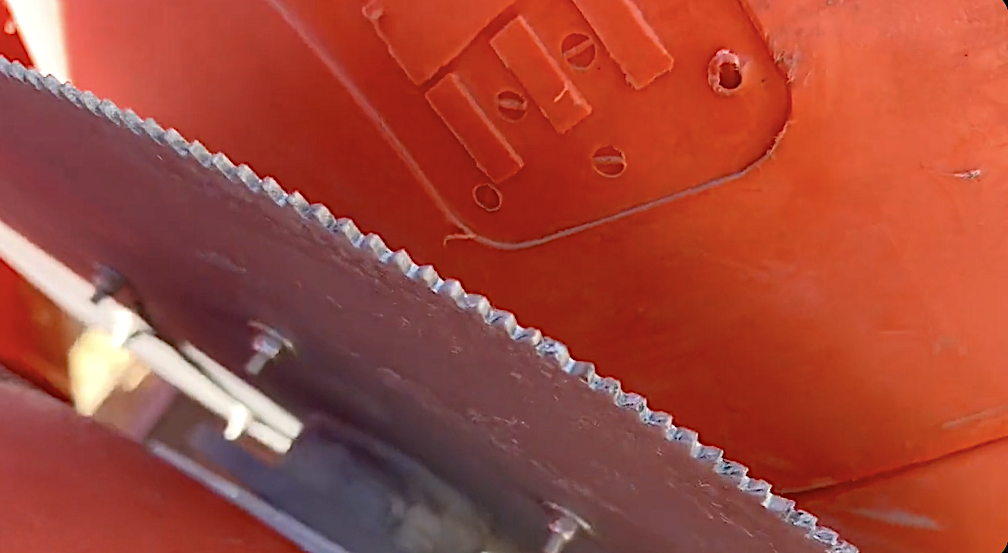 'Circular saw blades' divide controversial Rio Grande buoys installed by Texas governor
'Circular saw blades' divide controversial Rio Grande buoys installed by Texas governorSpeed Read
-
 Los Angeles city workers stage 1-day walkout over labor conditions
Los Angeles city workers stage 1-day walkout over labor conditionsSpeed Read
-
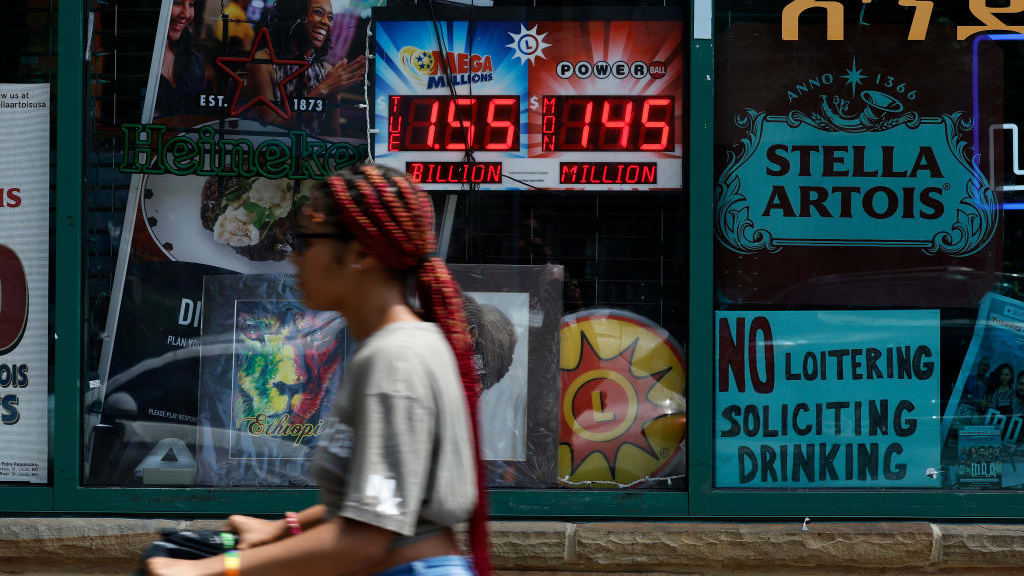 Mega Millions jackpot climbs to an estimated $1.55 billion
Mega Millions jackpot climbs to an estimated $1.55 billionSpeed Read
-
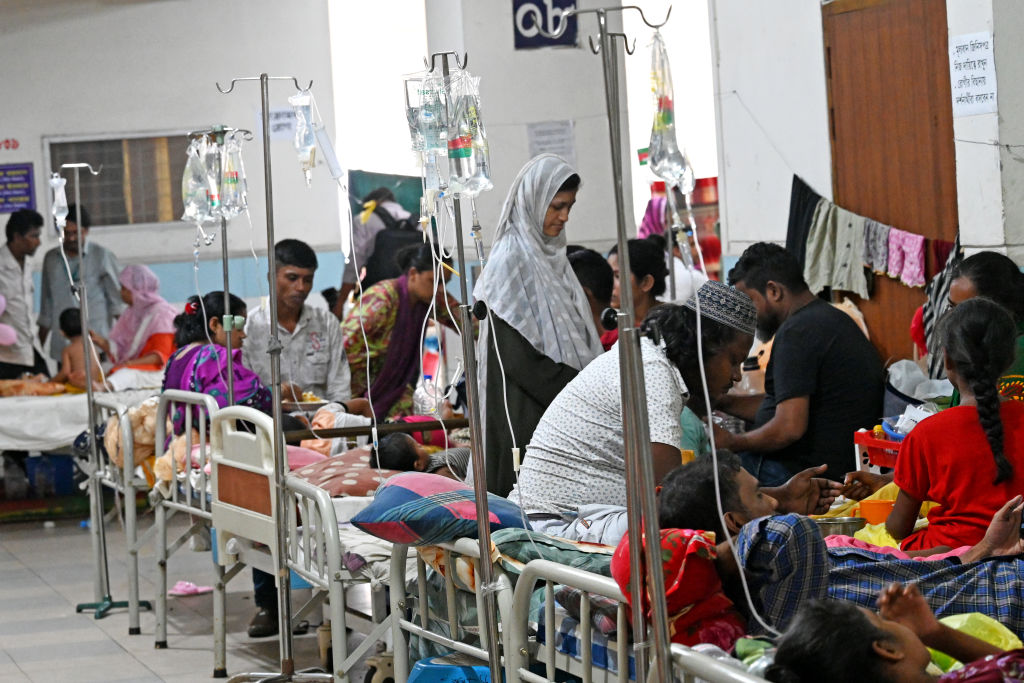 Bangladesh dealing with worst dengue fever outbreak on record
Bangladesh dealing with worst dengue fever outbreak on recordSpeed Read
-
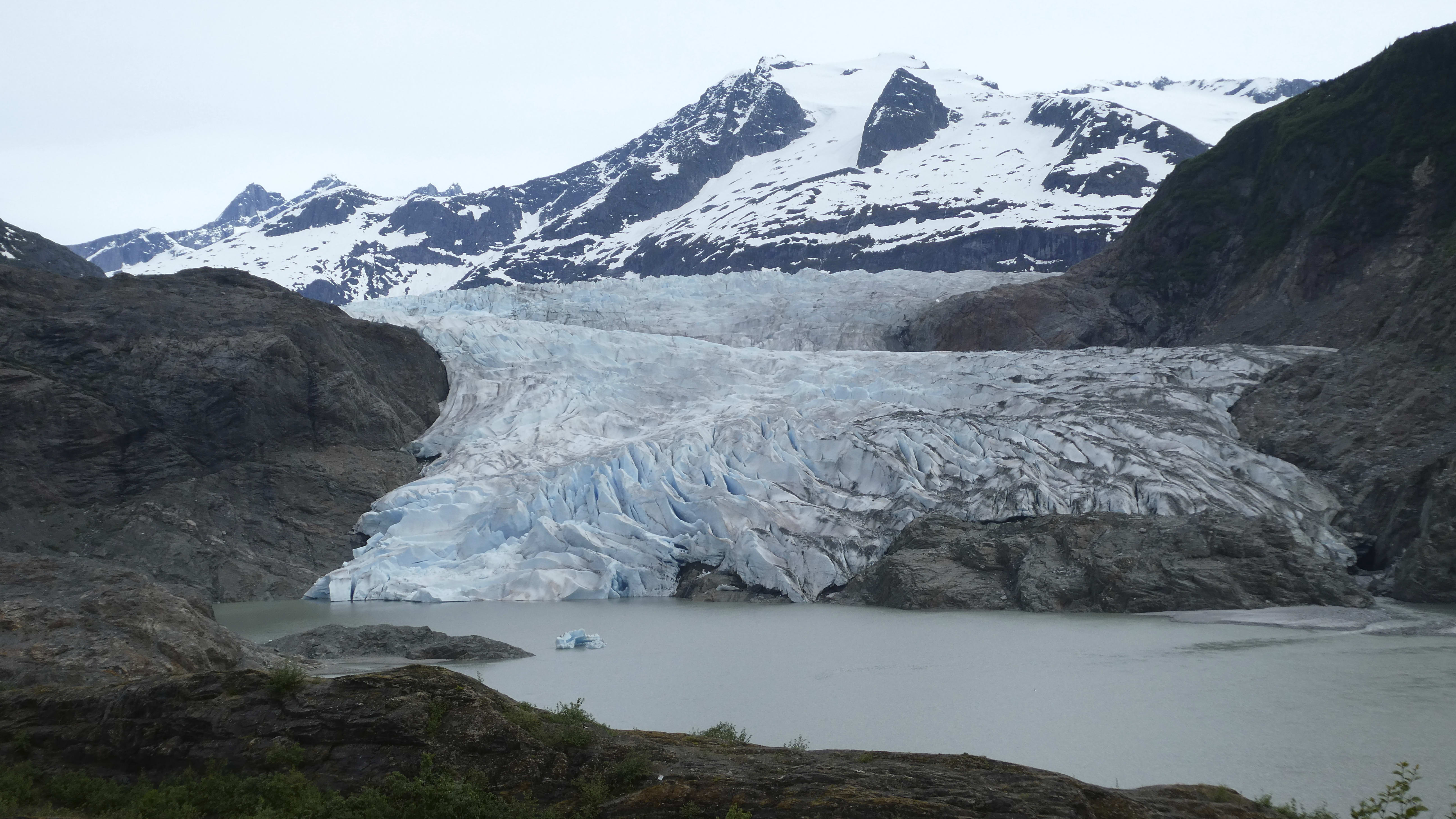 Glacial outburst flooding in Juneau destroys homes
Glacial outburst flooding in Juneau destroys homesSpeed Read
-
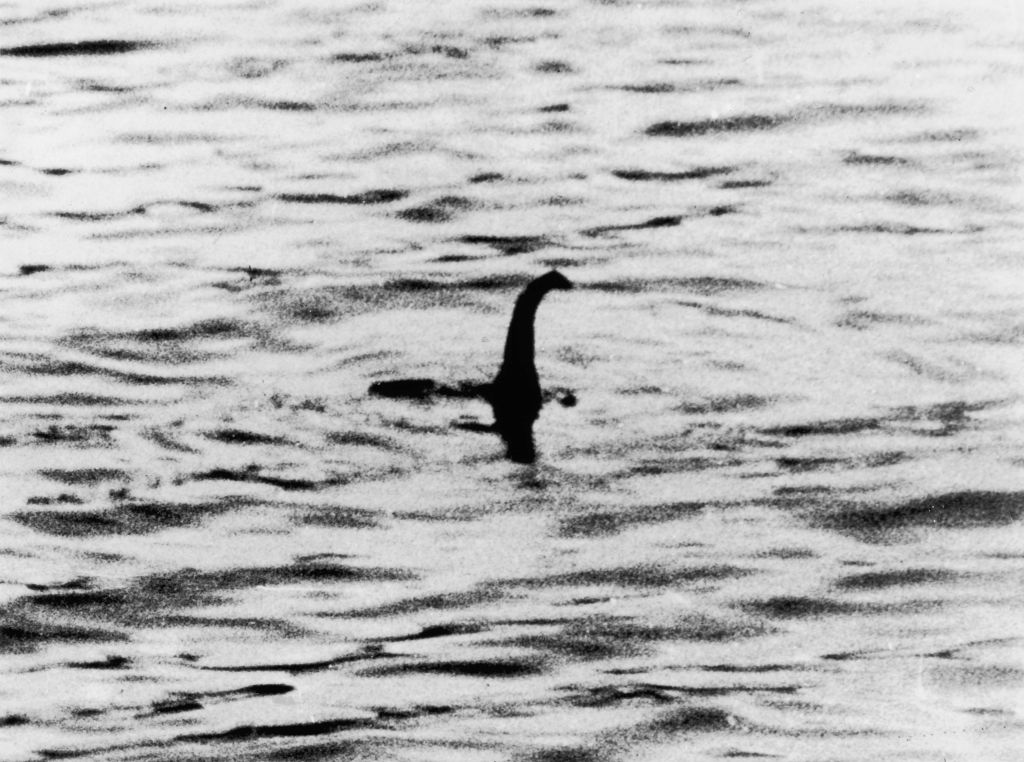 Scotland seeking 'monster hunters' to search for fabled Loch Ness creature
Scotland seeking 'monster hunters' to search for fabled Loch Ness creatureSpeed Read
